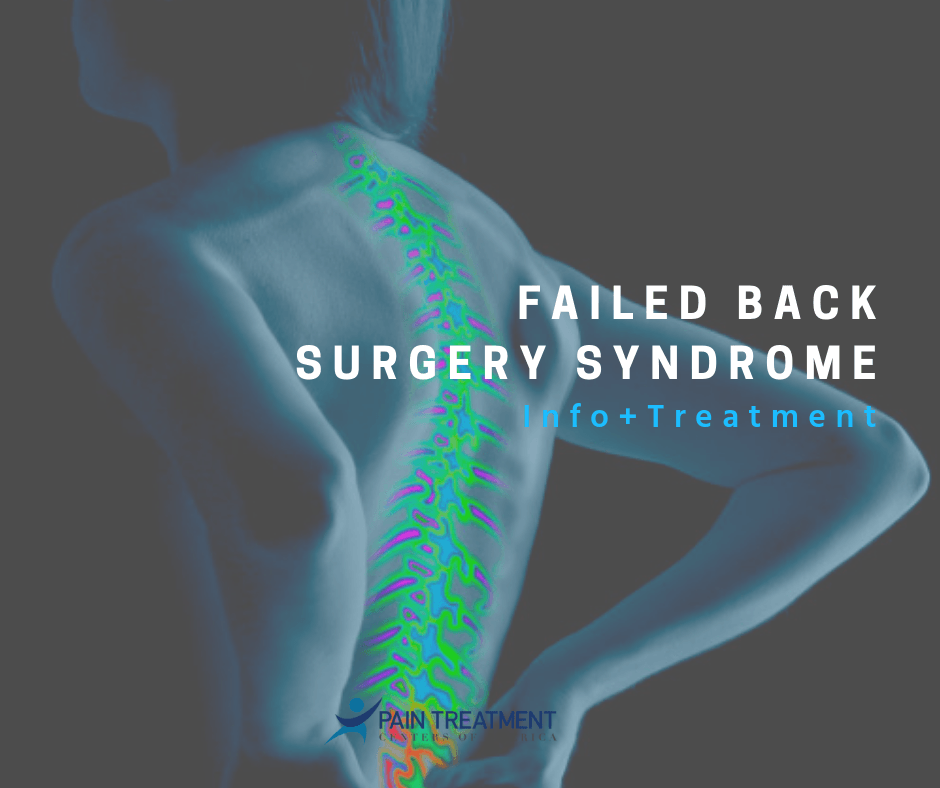Understanding Fibromyalgia
- By PatientPoint Launch
- •
- 10 Jan, 2019
- •

Fibromyalgia can be difficult to understand. It is the second most common condition that affects your muscles and bones; yet, it is also one of the most misunderstood and challenging disorders to correctly diagnose due to its broad, unspecific grouping of symptoms. According to the National Fibromyalgia Association, it takes an average of three to five years for the condition to be diagnosed. While there is no definite cure, proper physical exercise, fibromyalgia support groups, and some medications can prove beneficial to sufferers.
Symptoms
The symptoms of fibromyalgia can be debilitating. People with this disorder often have widespread pain paired with burning, twitching, or tightening in the muscles. Fibromyalgia causes fatigue and cognitive difficulties, including trouble concentrating and remembering, referred to as “brain fog.” Feeling nervous, worried, or depressed are also symptoms of fibromyalgia.
Fibromyalgia often coexists with other painful conditions; for example, irritable bowel syndrome (IBS), migraines/other headaches, painful bladder syndrome, and types of joint disorders. Symptoms most commonly begin after physical/mental trauma, surgery, or infection; however, in some cases, symptoms gradually accumulate over time without a single, identifiable triggering event.
- Fibromyalgia can feel similar to osteoarthritis, bursitis, and tendinitis. Other symptoms of fibromyalgia can include:
- Numbness or tingling in the face, arms, hands, legs, or feet
- Sensitivity to cold, heat, light, or sound
- Headaches
- Dry mouth, nose, and eyes
- Urinating more often
Read a Related Article by PTCOA:
Understanding Arthritis and Arthritis Treatment Options
Causes and Risk Factors
Doctors believe that causes of fibromyalgia involve a combination of factors, including:
- Genetics
- Being a woman
- Infections
- Having another painful disease (like arthritis)
- Having a mood disorder (like anxiety or depression)
- Physical or emotional trauma
- History of physical/emotional abuse or PTSD
- Rarely working out
Treatment
At Pain Treatment Centers of America, we offer minimally invasive pain treatment procedures to improve the lives of those suffering with fibromyalgia.
Trigger Point Steroid Injection
Trigger point injections (TPI) may be an option in treating pain for some patients suffering from fibromyalgia. TPI is a procedure used to treat painful areas of muscle that contain trigger points (knots of muscle that form when muscles do not relax).
Learn more about Trigger Point Steroid Injections.
Contact Pain Treatment Centers of America
While there is currently no definite cure for fibromyalgia, the physicians at Pain Treatment Centers of America can develop a care plan that will manage your condition and help you get back to a healthy and happy lifestyle.
Find a location and schedule an appointment today!

















